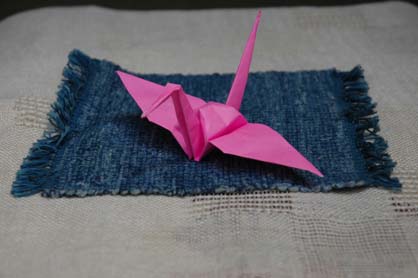"Origami"
Japanese Paper Folding
|
CONTENTS 1. Title Page 2. Introduction 3. Contents of the Book 4. Example of Origami 5. Introduction of the Auther 6. Impression after reading |
BY Florence Sakade Tuttle Publishing |
Return to Book Review Return to Top Page |
